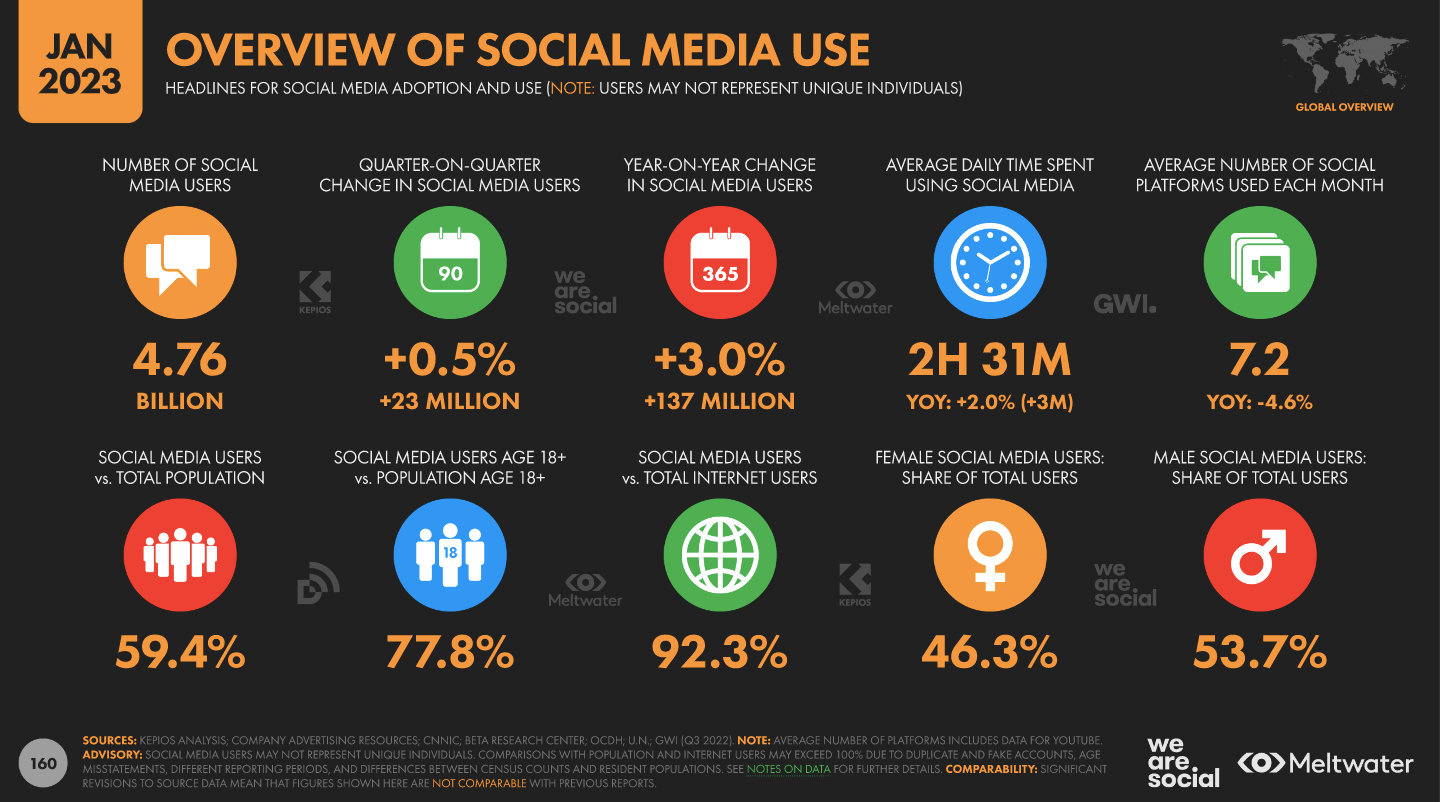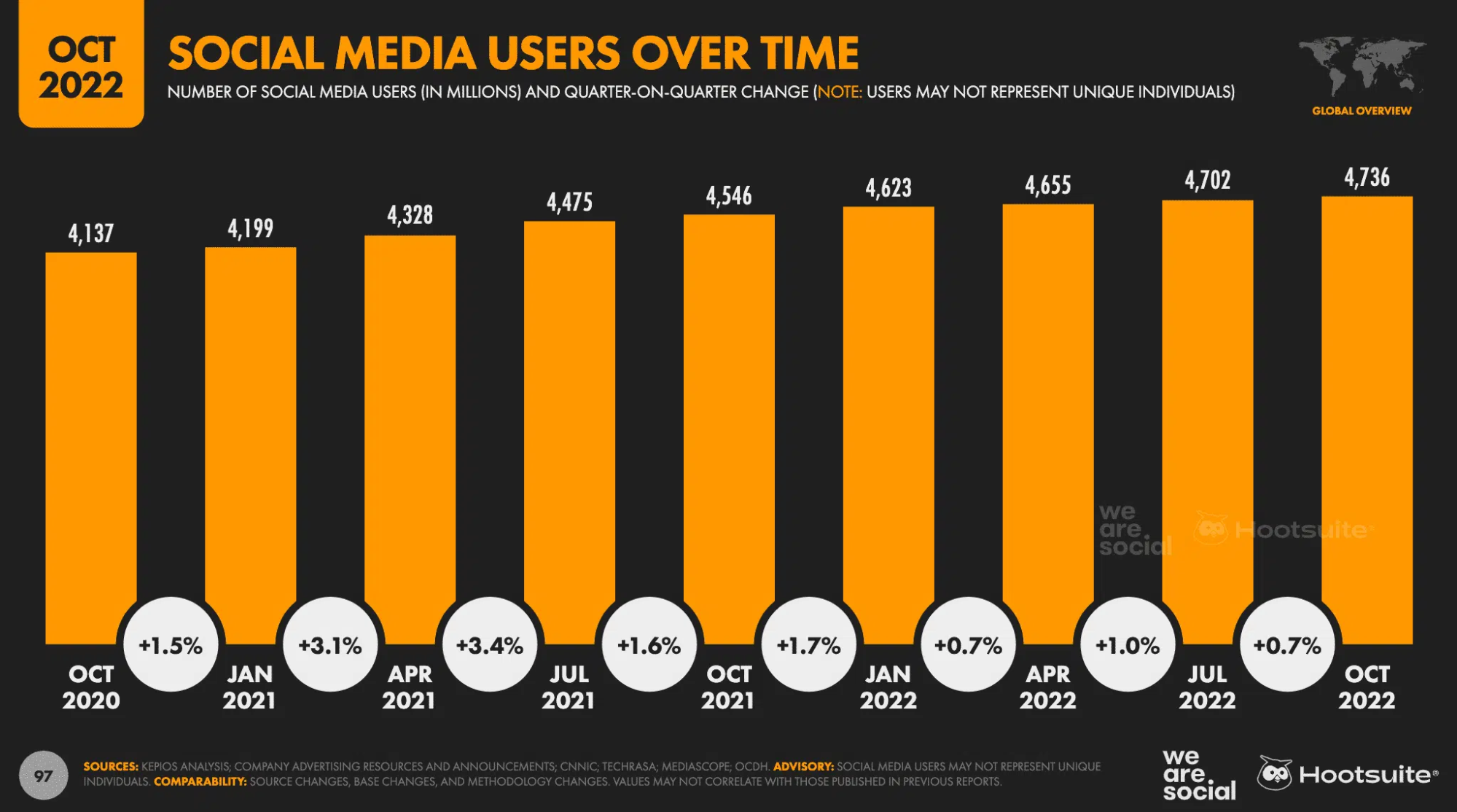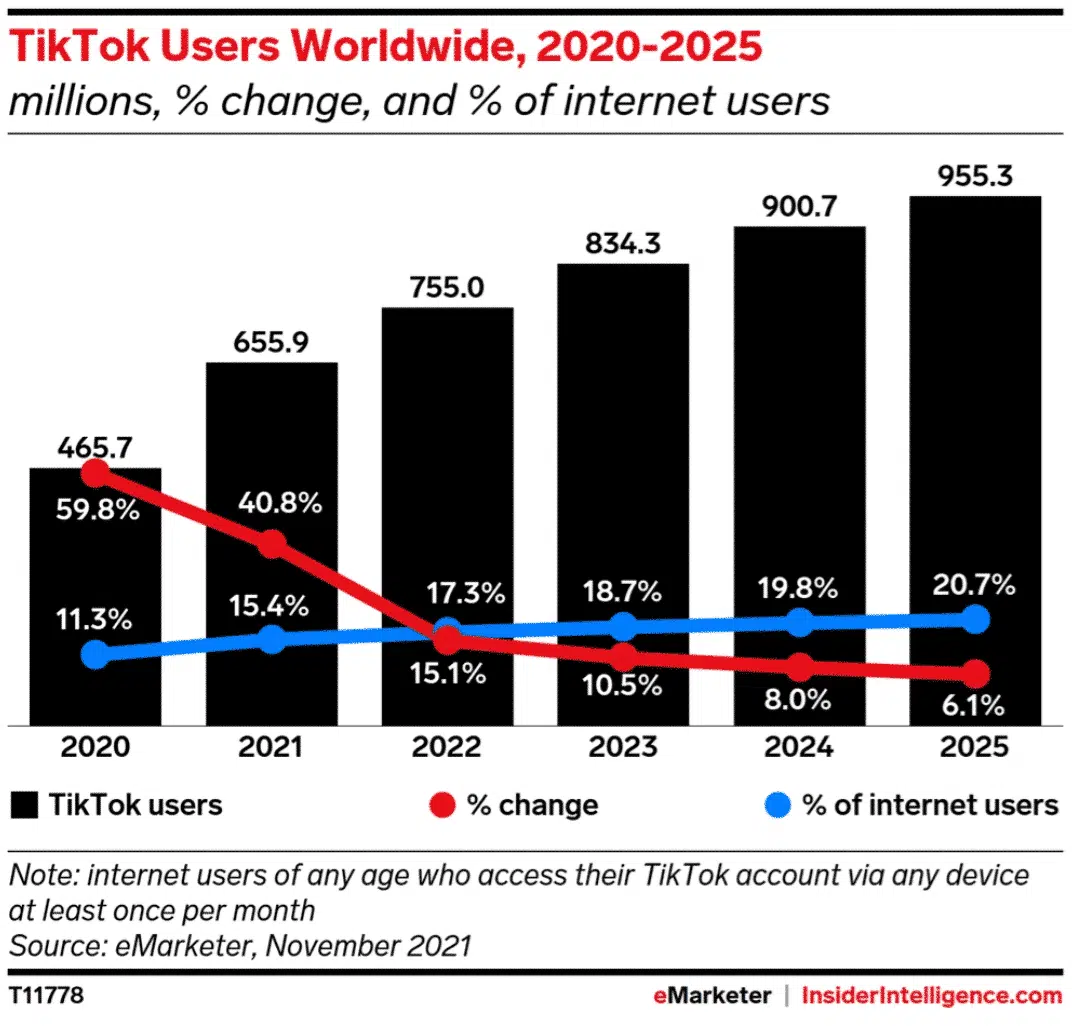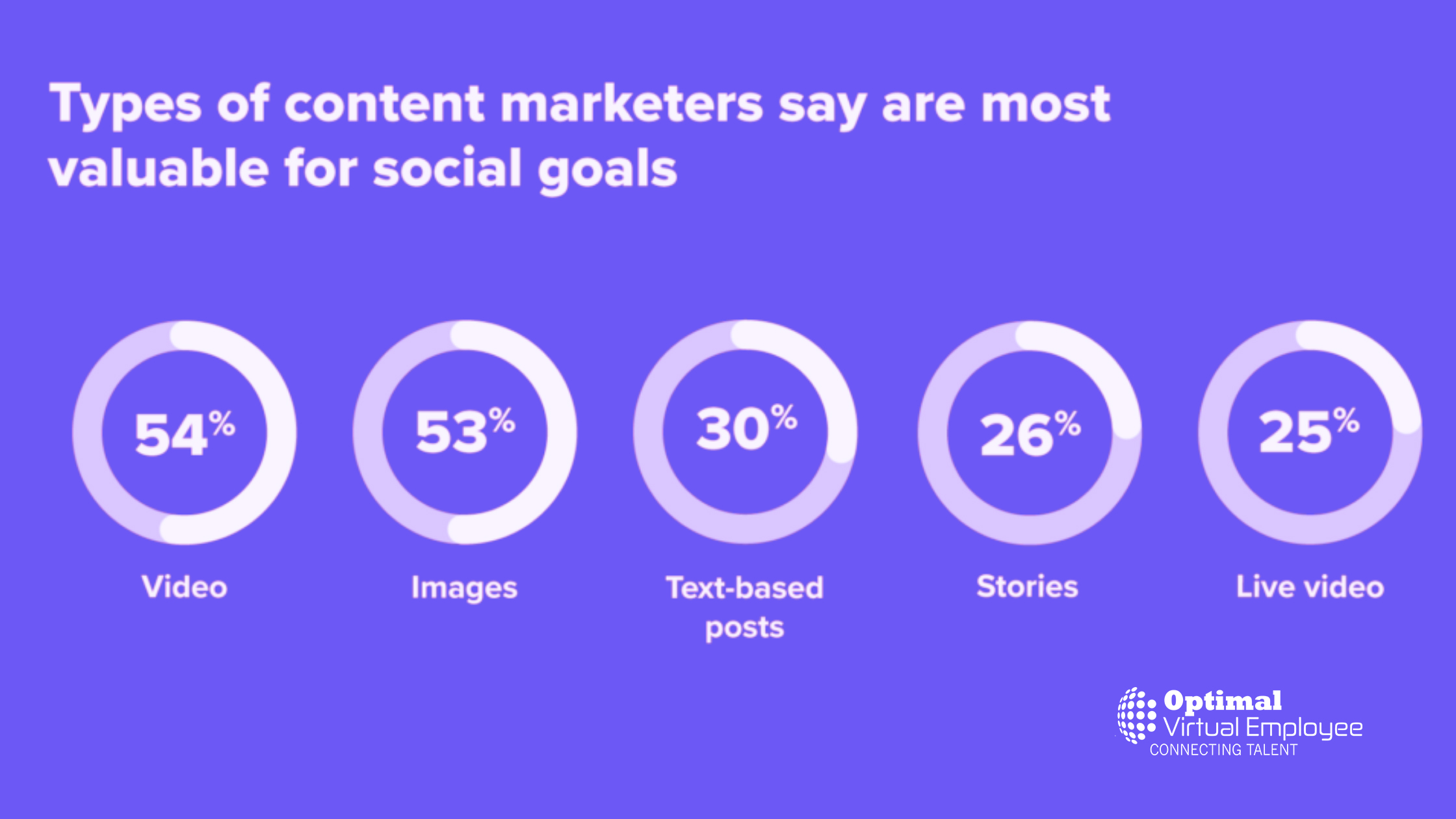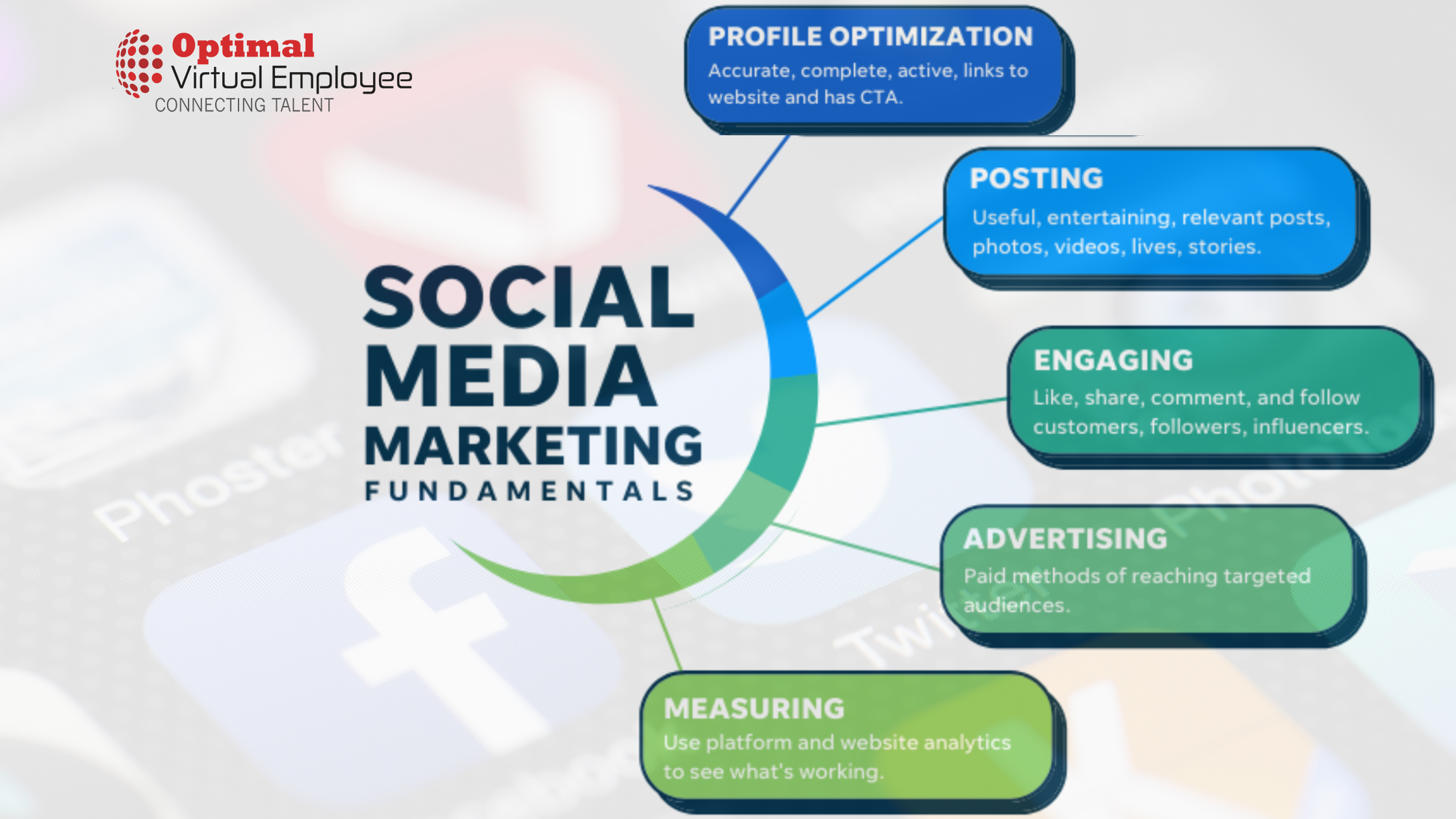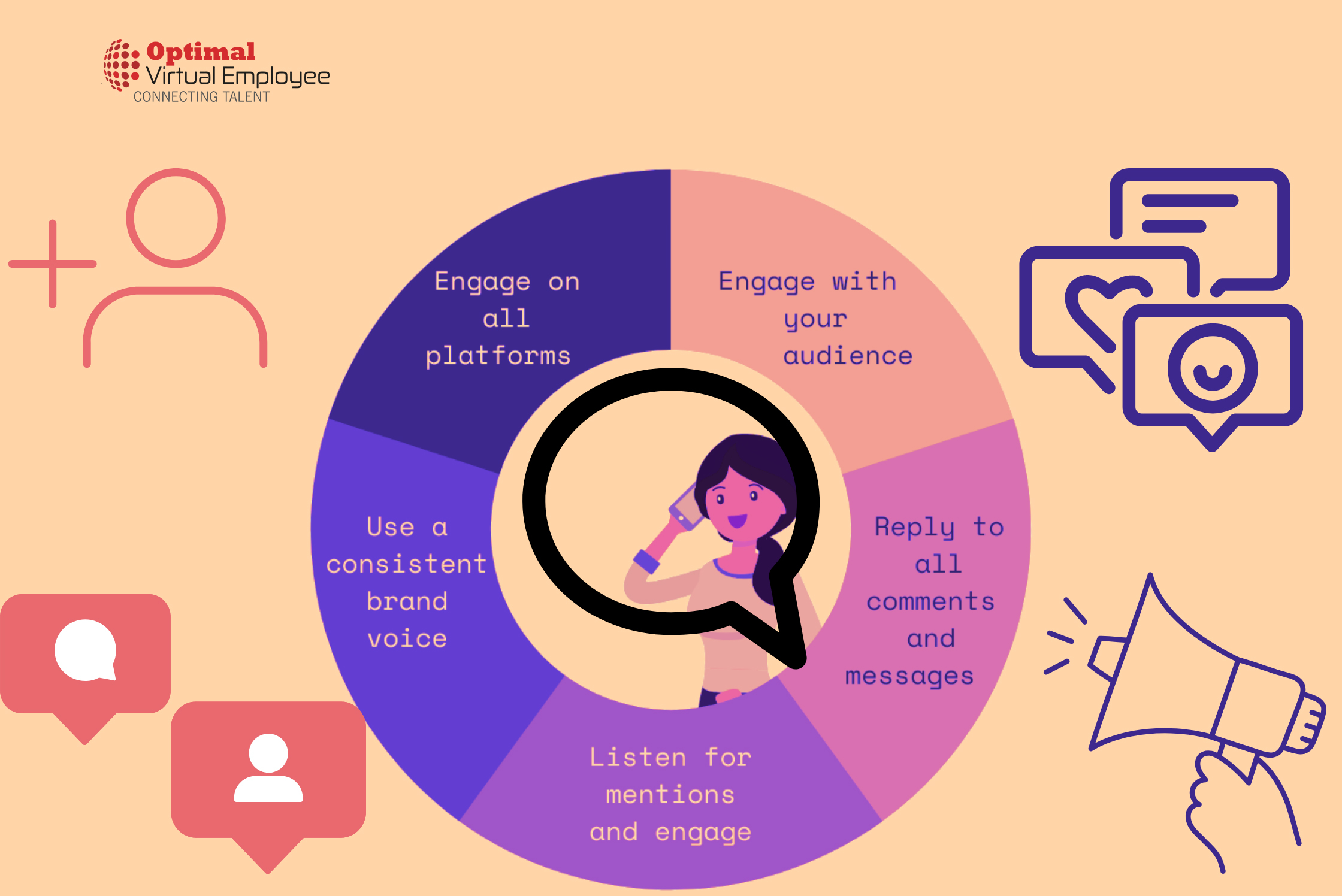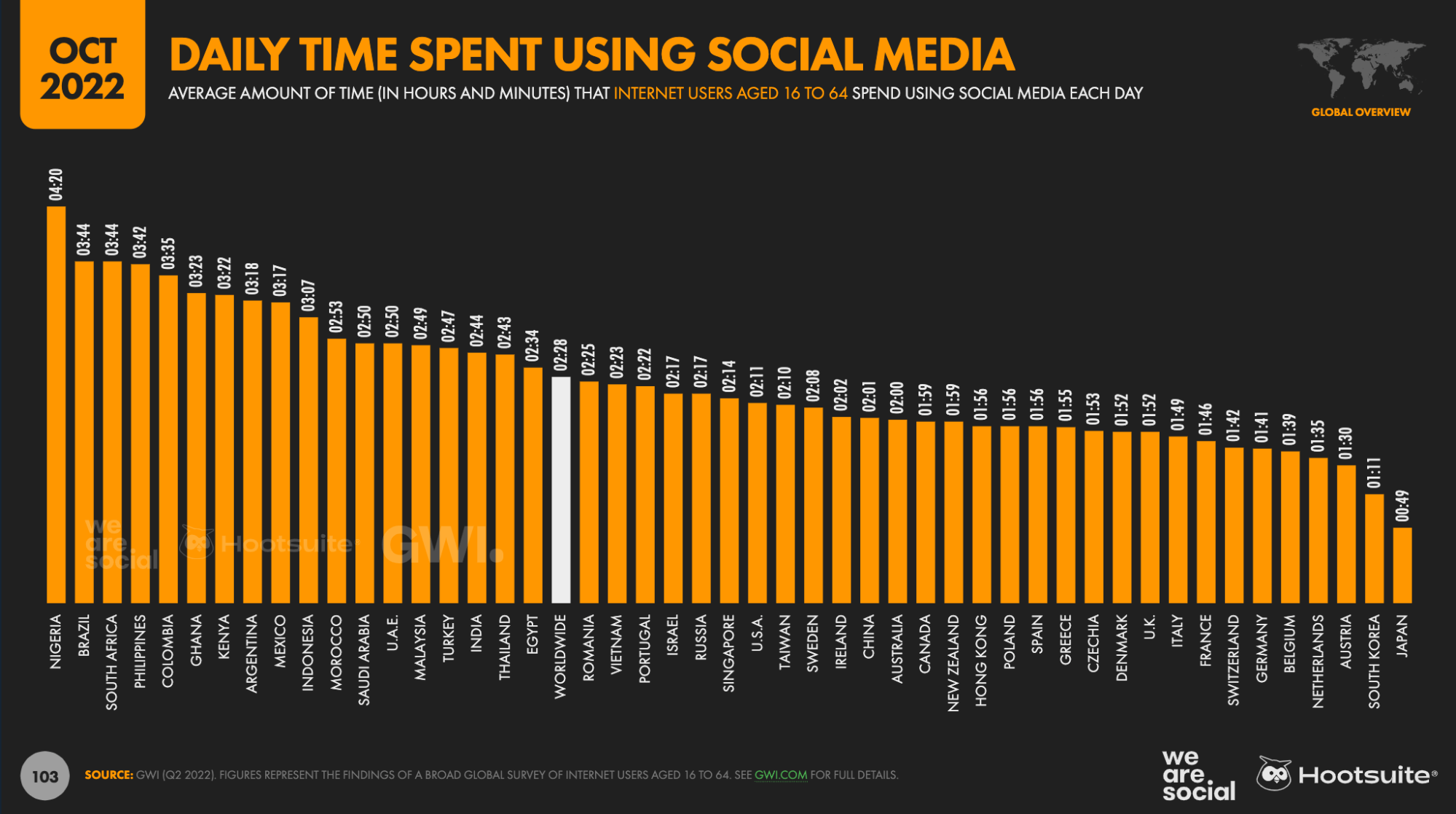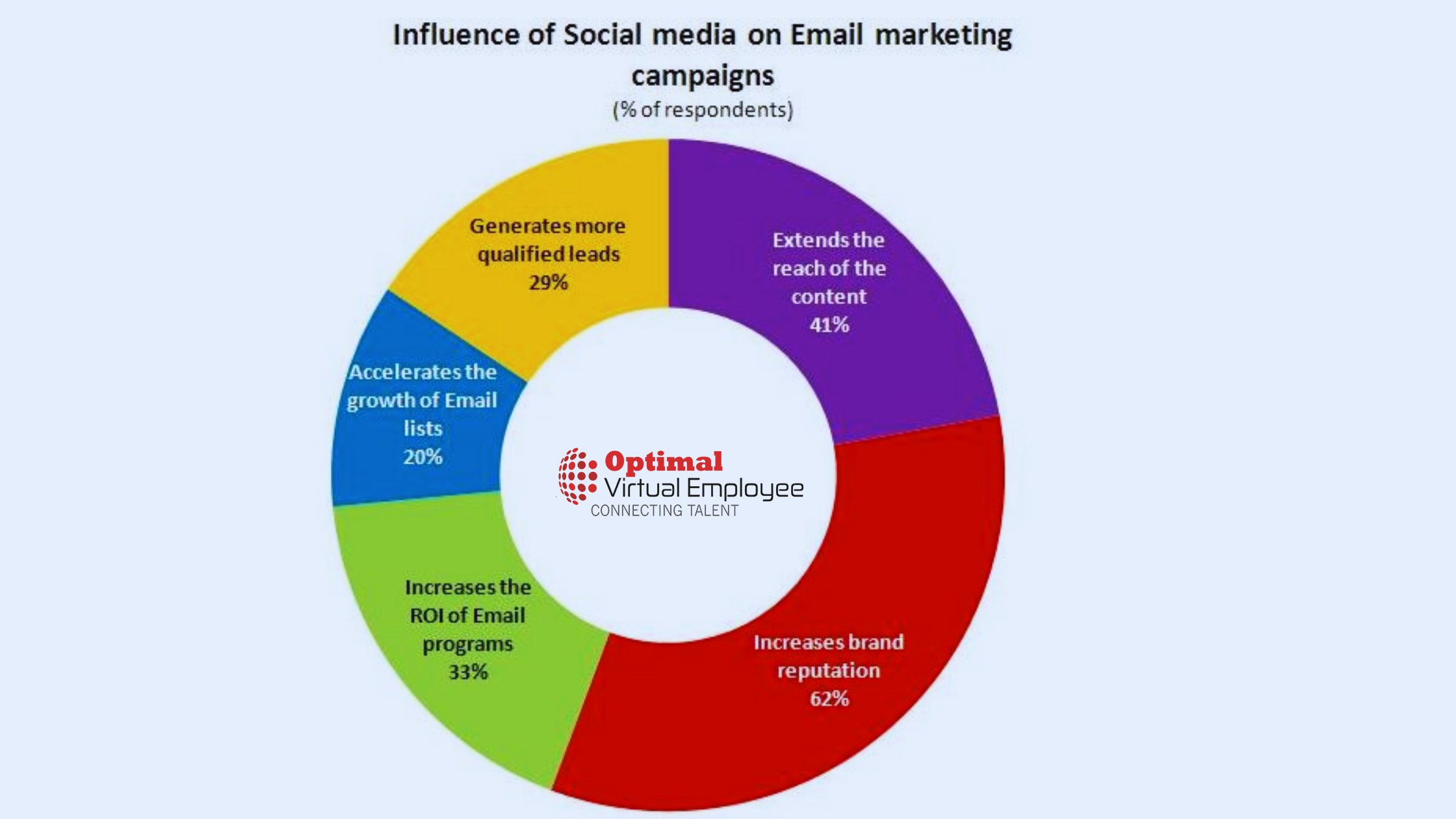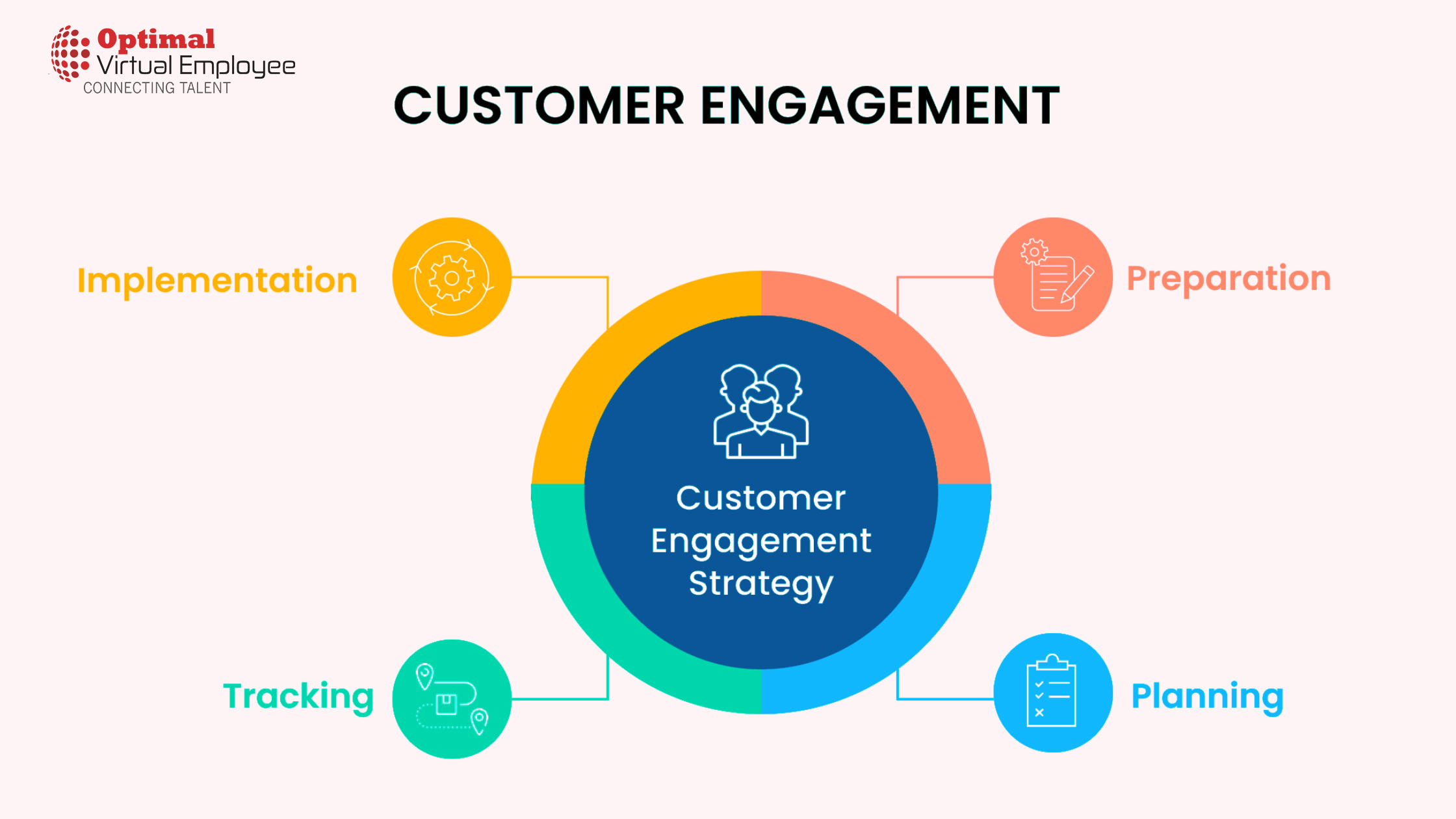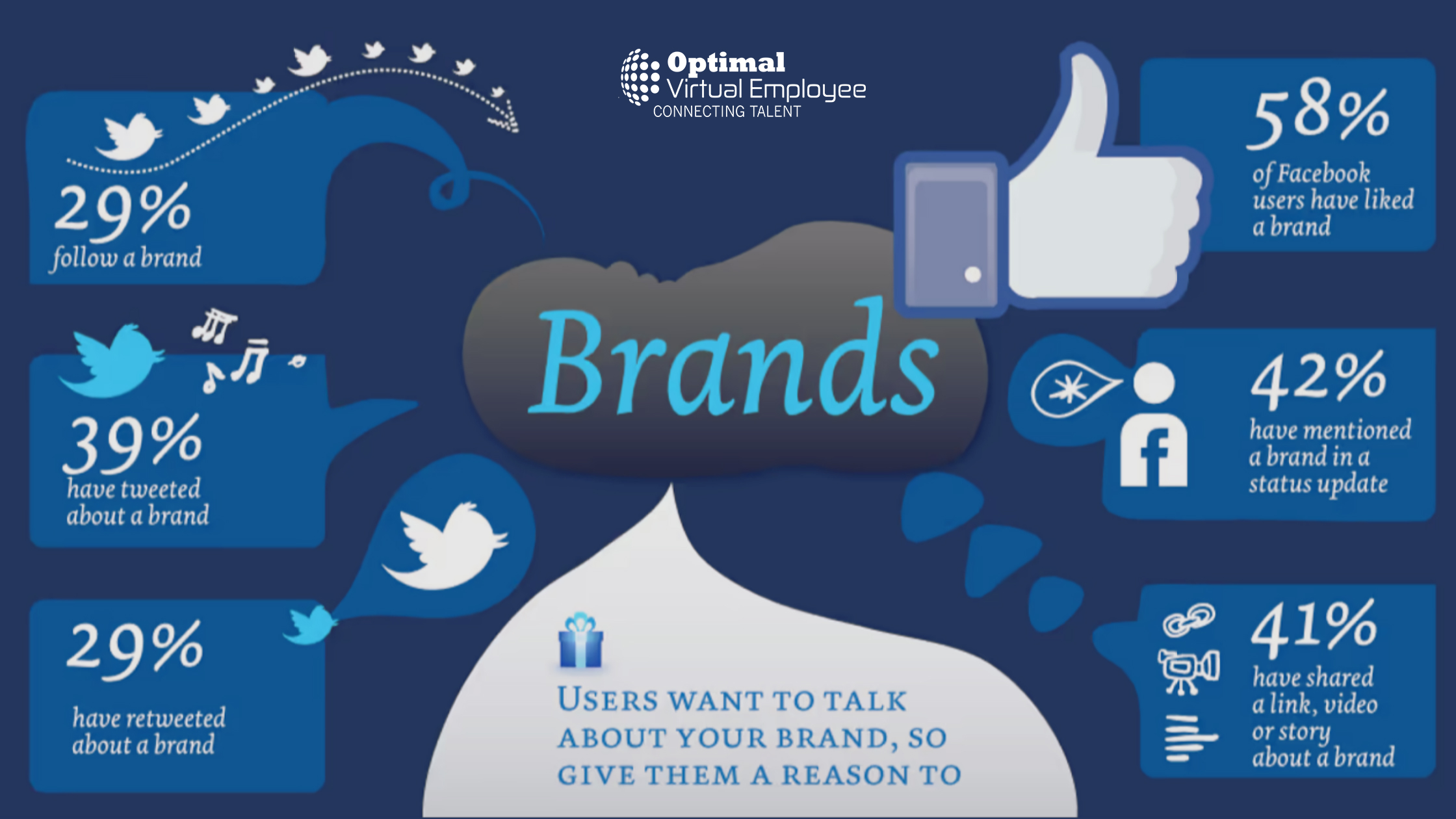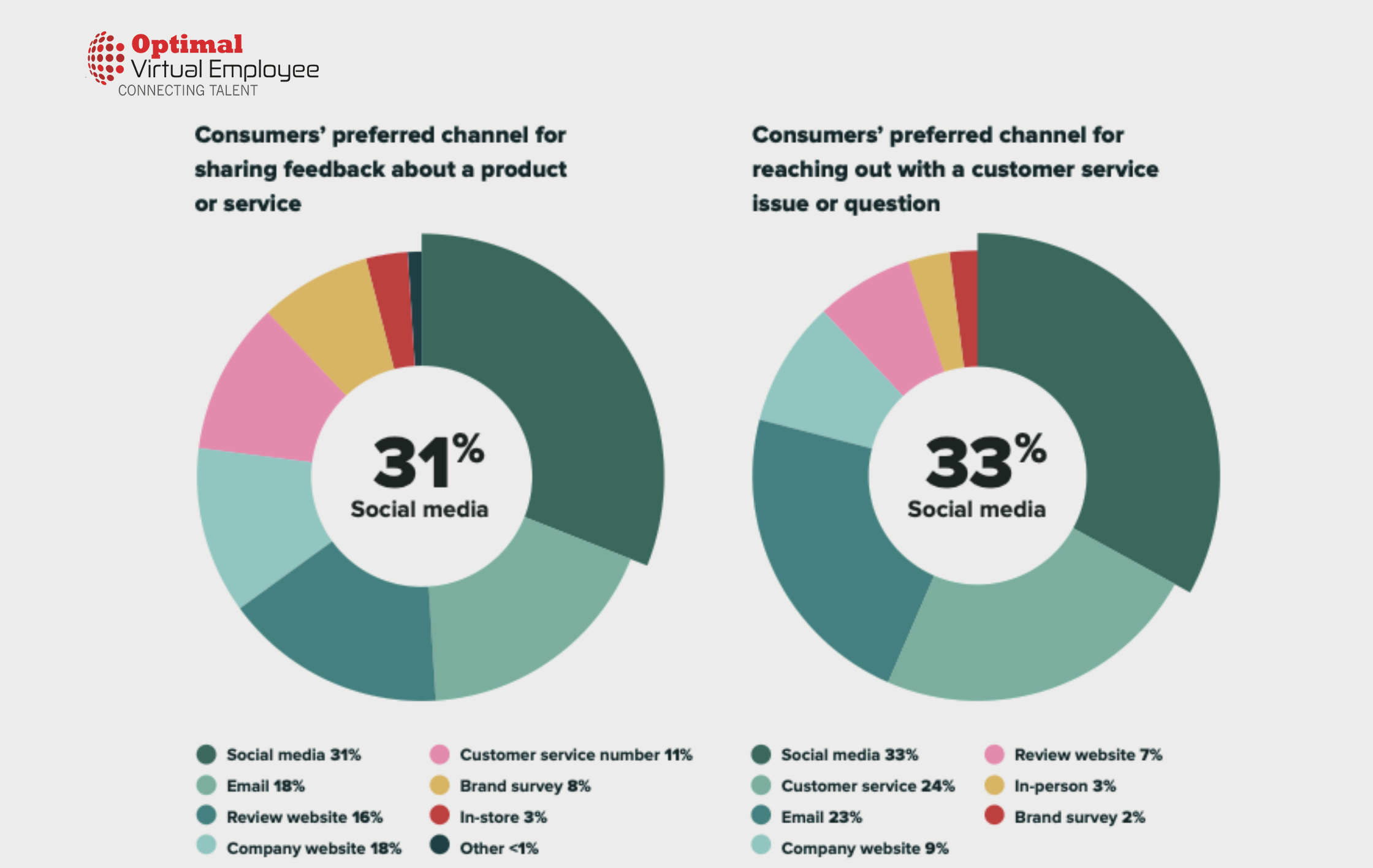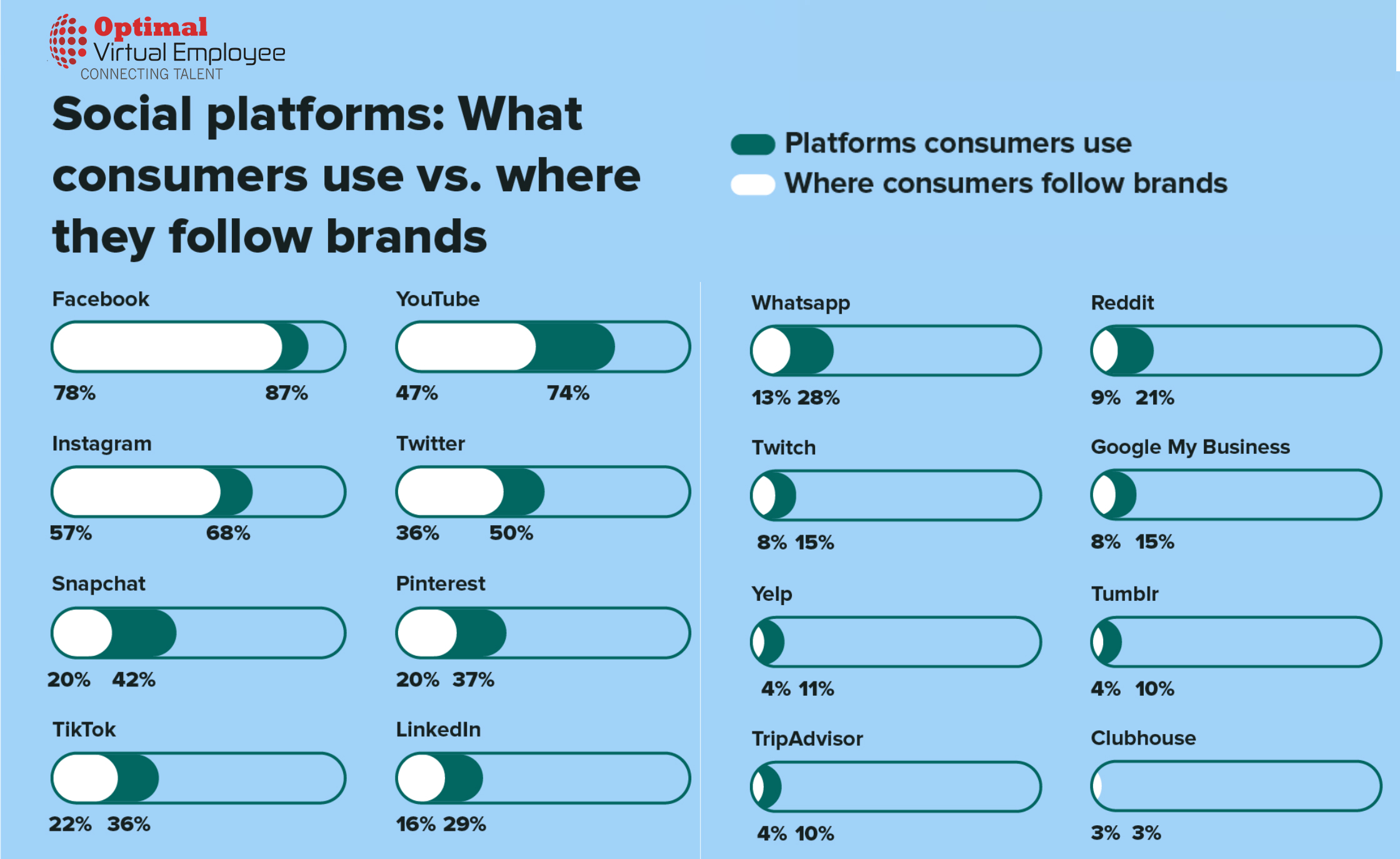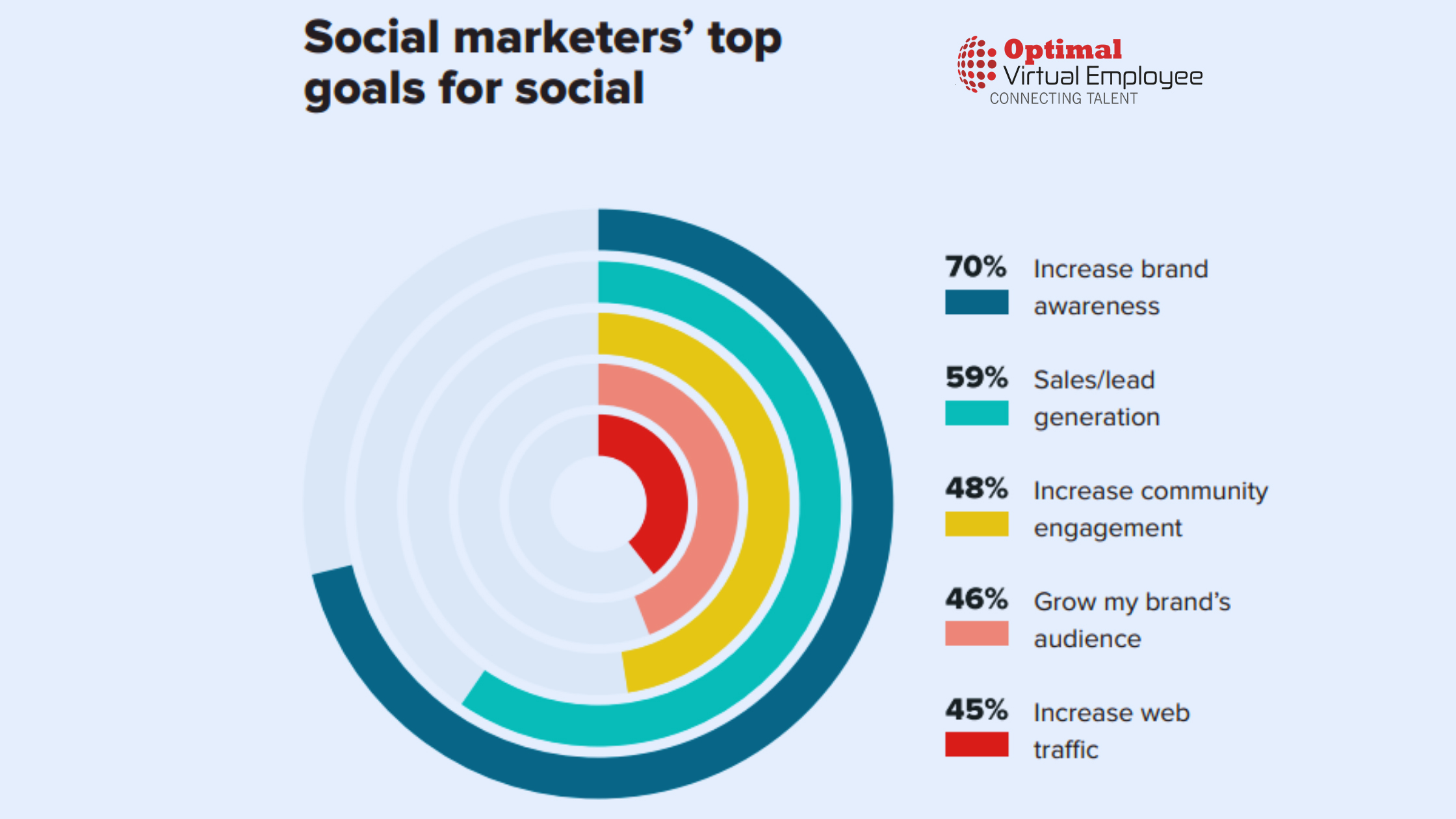For large businesses social media is a necessity today in the world of 4.76 billion social media users globally, equating to almost 59.4 percent of the total global population. The platform has become the most efficient way to reach your target audience, gain visibility and grow your brand.
According to a recent survey, it’s also stated that 91% of users visit a brand’s website after following them on social media. After all, 54% of social media users use these platforms for product research. This indicates that a strong social media presence is mandatory for every business.
But it doesn’t mean just creating a social media profile. There are a lot of other things that need consideration that we will go to discuss here. The ever-changing algorithms, new platforms popping up left and right, and an endless sea of content competing for attention make it tough to know where to start.
This blog will discuss the major dos and don’ts for social media marketing in 2023. You’ll stay ahead and crush your competition in no time. So grab a coffee or tea and get ready to take your social media presence to the next level.
A Major Overview of Social Media Marketing
Social media marketing is one of the most efficient and effective ways to connect with customers and promote your brand. It allows you to reach a large audience quickly and easily while engaging with them personally.
However, social media marketing can be a tricky beast to tame. With so many platforms and constantly changing algorithms, it can be hard to keep up. Not to mention, there are certain dos and don’ts that you need to be aware of to make the most of your social media marketing efforts.
Do’s and Don’ts for Social Media Marketing in 2023
As the world of social media changes, so do the strategies for marketing on social media. What worked in 2022 may not work in 2023, and vice versa. Knowing the do’s and don’ts of social media marketing is important to stay ahead.
Dos For Social Media Marketing
Do Utilize New Platforms as they Emerge
With the emergence of new platforms, businesses, individuals, and organizations can benefit from being early adopters. TikTok didn’t even exist a few years ago. Now, it’s one of the most popular social media platforms. Who knows what new platforms will emerge in 2023? Be on the lookout for new platforms and quickly jump on board.
Here are some reasons why utilizing new social media platforms is beneficial:
➤Early Adoption: Being an early adopter of a new social media platform can help you establish a strong presence and build a community before the platform becomes saturated with content.
➤Increased Reach: New social media platforms may have less competition than established ones, making it easier for your content to be seen and shared.
➤New Audience: By utilizing a new social media platform, you may reach a new audience that may not be present on other platforms.
➤Innovation: New social media platforms often offer innovative features that can be used for marketing. For example, TikTok’s algorithm, which is designed to show relevant content to users based on their interests, can be leveraged by businesses to reach their target audience.
Here’s an example:
Clubhouse, a new audio-based social media platform, gained popularity in 2020. As early adopters, individuals and businesses were able to establish a presence and grow their following. Many individuals, including celebrities and business professionals, have used Clubhouse to host talks and panel discussions, gaining a new audience and building their brand.
Thus, emerging social media platforms can provide early adoption advantages, increased reach, a new audience, and innovative features that can be leveraged for marketing.
Do Focus on Quality Over Quantity
With so much content being produced and consumed, focusing on quality over quantity is more important than ever. Don’t try to pump out as much content as possible just for the sake of it. Instead, take your time to produce high-quality content that will resonate with your audience.
Yes, focusing on quality over quantity is a smart strategy for business posting on social media. Posting too frequently with low-quality content can harm your brand and turn off potential customers.
Instead, focus on creating high-quality content that is engaging, relevant, and valuable to your target audience. This includes educational articles, entertaining videos, eye-catching graphics, and thought-provoking questions.
You’ll likely see increased engagement, shares, and conversions when prioritizing quality over quantity. Your audience will likely engage with your content when it’s well-crafted and provides real value.
Additionally, you can use analytics tools to track the performance of your social media posts, which can help you identify what types of content resonate with your audience and adjust your strategy accordingly.
Do Create A Strong Content Strategy for Social Media
Developing a solid content strategy for social media is crucial to achieving your business goals. Here are some steps you can follow to create a plan that aligns with your business objectives:
➤Define your business goals: Start by identifying your business objectives, such as increasing brand awareness, generating leads, or driving sales. Your content strategy should support these goals.
➤Know your target audience: Understand who your target audience is, what interests them, and what social media platforms they use. It will help you tailor your content to their interests and preferences.
➤Determine your unique value proposition: Define what sets your business apart from the competition and use this to guide your content creation. It could be your expertise in a particular area, a unique product or service, or a distinctive brand voice.
➤Choose the right content types: Select the most effective content for your target audience and business goals. It could include blog posts, videos, infographics, podcasts, or social media posts.
➤Create a content calendar: Plan out your content in advance using a content calendar. It will help ensure you consistently produce high-quality content that aligns with your strategy and goals.
➤Monitor and measure results: Use analytics tools to track the performance of your content and adjust your strategy as needed. It will help you identify what’s working and make data-driven decisions about future content.
Remember that a strong content strategy is an ongoing process. It requires continuous monitoring, testing, and optimization to deliver high-quality content that aligns with your business goals consistently.
Do Track Your Social Media Marketing Analytics
Always keep track of your social media marketing analytics to know what’s working and what’s not. You should start by identifying your key performance indicators (KPIs) and setting goals for each KPI. KPIs include metrics such as engagement (likes, comments, shares), reach (the number of people who see your content), website traffic generated from social media, and conversions (such as sales or sign-ups).
Once you have identified your KPIs and goals, you can use social media analytics tools to track your progress. Most social media platforms offer built-in analytics tools to track your performance. Additionally, many third-party tools can help you track your social media metrics across multiple platforms.
When analyzing your social media metrics, pay attention to which types of content are performing well and which are not. It can help you adjust your content strategy better to meet the needs and interests of your audience. You should also monitor how your metrics change over time, as this can help you identify trends and adjust your strategy accordingly.
Finally, review and analyze your social media marketing analytics regularly. It will allow you to make informed decisions about your social media strategy and ensure you get the most out of your marketing efforts.
Do Engage with your audience by responding to comments and messages.
Yes, engaging with your audience by responding to comments and messages is essential to social media marketing. When people leave comments or send messages on your social media accounts, it’s an excellent opportunity for you to start a conversation with them and build a relationship with your audience.
Responding promptly and thoughtfully shows your followers that you value their feedback and appreciate their engagement. This can help build trust and loyalty among your audience, ultimately driving more website traffic or increasing sales.
Additionally, responding to comments and messages can help you identify any issues or concerns your audience may have, allowing you to address them quickly and efficiently. Engaging with your audience on social media is a key component of a successful marketing strategy.
Don’ts For Social Media Marketing
1. Don’t ignore negative comments or reviews.
Negative comments or reviews can be a valuable source of feedback for your business. Ignoring them can give the impression that you don’t care about your customers’ concerns, damaging your reputation.
2. Don’t spam your followers.
Posting too frequently or sending too many promotional messages can annoy them and cause them to unfollow you.
3. Don’t buy followers or engagement.
Buying followers or engagement may give the impression that your business is popular, but savvy social media users can easily detect it. This can harm your reputation and reduce trust in your brand.
4. Don’t ignore your analytics.
Social media analytics provide valuable information about your followers, engagement, and content performance. Ignoring this information can prevent you from optimizing your social media strategy and reaching your goals.
5. Don’t use irrelevant hashtags.
Using irrelevant hashtags can make your posts appear spammy and reduce their visibility. Ensure you use relevant hashtags that are popular in your industry or niche.
6. Don’t forget to engage with your followers.
Social media is a two-way communication platform, and engaging with your followers can help build relationships and increase brand loyalty.
7. Don’t ignore the importance of visuals.
Visuals such as images and videos are more engaging than text alone. Ensure your social media content includes high-quality visuals relevant to your message.
The Top Benefits of Social Media Marketing
As the world of marketing changes, so too do the strategies that big businesses use to reach their audiences. Big businesses have quickly realized social media’s potential to reach many people relatively cheaply. Even that’s what the above graph claims. Here are some of the benefits that big businesses have found from using social media marketing:
Increases Business Reach
Social media platforms offer businesses a powerful way to reach potential customers and engage with existing ones. Here are some ways social media can increase business reach
➤Broadening the audience: Allow businesses to reach a larger audience and get their brand in front of people who might not have heard of them otherwise. Businesses can expand their reach beyond their existing customer base by creating and sharing content that resonates with their target audience.
For example, a local bakery can use Instagram to showcase its delicious treats and reach a wider audience.
➤Building relationships: By building and nurturing customer relationships with comments and messages, sharing customer stories, and offering personalized support, businesses can create a loyal following to promote their brand to others.
For example, a beauty brand can use Twitter to engage customers and answer product questions.
➤Creating brand awareness: Help businesses create brand awareness and recognition. By regularly posting content that showcases their brand values and personality, businesses can build a strong online presence that people will remember.
For example, a fitness brand can use TikTok to create fun and engaging workout videos that showcase its brand values and inspire people to get fit.
➤Targeted advertising: Businesses can target specific audiences using the platform’s targeting options. They can reach out to people most likely interested in their products or services.
For example, a furniture store can use Facebook Ads to target people who have recently moved and are looking for new furniture.
Provides Greater Engagement
Yes, social media provides greater attention to businesses by allowing them to interact directly with their target audience and build customer relationships. Businesses can increase their visibility and reach by creating compelling content and engaging with users, ultimately driving traffic and sales. Without engagement, social media is just media.
For example, let’s consider the fast-food chain Wendy’s. Wendy’s has become famous on Twitter for its sassy and humorous responses to users. The brand’s social media team engages with customers by responding to tweets and creating viral content. This has helped Wendy’s increase its brand awareness and created a loyal following of customers who appreciate the company’s humorous tone and willingness to engage with them.
Another example is Nike. Nike uses Instagram to showcase its products in visually appealing ways, using influencer marketing to increase reach and engagement. By collaborating with social media influencers and creating visually stunning content, Nike has been able to increase its brand visibility and drive sales through social media.
In both cases, Wendy’s and Nike have successfully used social media to engage with their audience, build brand awareness and drive sales. By creating compelling content and responding to their customers, they have been able to build relationships and create a loyal following of customers.
Lowers Business Cost
Social media costs nothing, saving you from paying for multiple phone lines and answering services. The platform can lower business costs in several ways, including:
➤Marketing: Offer a cost-effective way to promote a business, products, or services to a broad audience. Traditional advertising methods, such as television or print ads, can be costly, but companies can reach a similar audience for a fraction of the cost with social media. For example, a small business can create a Facebook page, post content and interact with potential customers for free.
➤Customer Service: It also serves as a customer service tool, allowing businesses to communicate directly with customers and respond to inquiries, complaints, or issues in real time. It can reduce the cost of setting up and maintaining a dedicated customer service team or call center.
➤Recruitment: Help businesses reduce recruitment costs by allowing them to advertise job openings, search for candidates, and vet potential employees on social media platforms. It can help companies to save money on expensive job ads and recruitment agencies.
For example, a small retail business can use Instagram to showcase its products, connect with potential customers, and offer promotions or deals. The company can also respond to customer inquiries and issues through direct messages or comments, reducing the need for a dedicated customer service team.
The business can also post job openings on LinkedIn or Facebook, and search for potential employees through these platforms, reducing the need for a recruitment agency. These actions can help the business save money and improve its bottom line.
Helps in Branding
Social media has become a powerful tool for businesses to increase brand visibility and reach a wider audience. By leveraging social media platforms, businesses can connect with their target customers, build relationships, and establish a strong brand presence. Here are some ways in which social media increases business branding:
➤Increase Brand Awareness: Allow businesses to reach a wider audience and promote their brand to potential customers. Businesses can increase brand awareness and attract new followers by creating engaging content. For example, Coca-Cola’s social media campaigns, such as the “Share a Coke” campaign, have helped increase its brand awareness and engagement.
➤Foster Brand Loyalty: Businesses engage with their customers and build lasting relationships with them. They can foster brand loyalty and retain customers by responding to feedback and providing valuable content. For example, Starbucks’ social media presence, with personalized responses to customers and user-generated content, has helped build a loyal social media following.
➤Establish thought leadership: Businesses share their expertise and establish themselves as thought leaders by providing valuable insights and sharing industry news. They can build credibility and establish their brand as a trusted authority. For example, Hubspot’s social media presence, with blog posts and thought leadership content, has helped to educate and engage its audience.
➤Customer engagement: Allow businesses to engage with their customers. Businesses can use social media to respond to customer inquiries, provide support, and address complaints. For example, Zappos, an online shoe and clothing store, has a dedicated Twitter account for customer support.
➤Influencer marketing: Social media platforms allow businesses to collaborate with influencers with a large following. Businesses can partner with influencers to promote their products and services to their followers. For example, fashion brands often partner with fashion bloggers to showcase their products on social media.
Offer Customer Insights
Social media provides customer insights in several ways, such as monitoring customer feedback, analyzing customer behavior, and tracking customer sentiment. Here are some examples of how social media can provide customer insights:
➤Monitoring Customer Feedback: Allow businesses to monitor customer feedback in real time. Companies can track customers’ opinions about their products or services and use this feedback to improve their offerings. For example, a restaurant can use social media to track customer feedback on their food and service and change their menu or operations accordingly.
➤Analyzing Customer Behavior: Provide insights into customer behavior. Companies can track how customers interact with their content and use this information to improve their social media strategy. For example, a clothing brand can track which types of posts receive the most engagement from their followers and adjust their content accordingly.
➤Tracking Customer Sentiment: Social media platforms allow companies to track customer sentiment or customers’ overall attitude towards their brand. Companies can use this information to identify areas where they need to improve their customer experience. For example, a hotel chain can use social media to track customer sentiment toward their properties and make changes to improve customer satisfaction.
Therefore, social media provides many customer insights to help businesses improve their products, services, and customer experience. By leveraging these insights, companies can stay ahead of the competition and build stronger customer relationships.
Open New Doors of Opportunities
Social media has become an integral part of modern business and has opened up numerous opportunities for companies to connect with their customers and grow their brands. Here are some ways in which social media provides new business opportunities:
➤Increased Brand Visibility: Social media platforms allow businesses to reach a larger audience than traditional marketing methods. Businesses can increase brand awareness and attract new customers by creating engaging content and building a following. For example, a small bakery in a local community can showcase its creations on Instagram or Facebook, allowing them to attract new customers beyond its local area and expand its reach.
➤Direct Customer Engagement: Social media enables businesses to quickly engage with customers. This can include answering questions, addressing concerns, and receiving feedback, which can help businesses improve their products and services. For example, a clothing brand can use social media to engage customers and ask for product feedback. This feedback can improve the quality of their products and ultimately increase customer satisfaction.
➤Increased Visibility: By engaging with social media users and sharing content that encourages user interaction, businesses can increase their visibility on social media. As users engage with their content, it appears on their followers’ feeds, helping businesses to reach a wider audience.
➤Customer Service: Social media provides a direct line of communication between businesses and their customers. Businesses can quickly respond to customer queries and complaints on social media to increase customer satisfaction and loyalty.
➤User-Generated Content: Social media users love sharing their experiences with followers. By encouraging users to share content related to your business, businesses can increase their reach to users who may not have been aware of them before.
Therefore, social media is essential for businesses looking to increase their reach and connect with their target audience. Businesses can build brand awareness, increase visibility, and improve customer satisfaction by creating a strong social media presence and engaging with followers.
Aids In Reputation Management
Social media can play a significant role in reputation management. Here are some ways it can aid in managing reputation:
➤Responding to negative feedback: Allows businesses and individuals to respond quickly to negative feedback. It means they can address any issues and show they are proactive in resolving them. This can help minimize negative feedback’s impact and prevent it from spreading further.
➤Building a positive brand image: Helps showcase a business or individual’s positive attributes. This can be achieved by sharing positive reviews, testimonials, and other feedback. It can also be done by sharing positive news stories and accomplishments.
➤Crisis management: A powerful tool in managing crises. It allows businesses and individuals to quickly communicate with their audience, share updates, and address concerns. By responding quickly and transparently, businesses and individuals can show that they are taking the situation seriously and are working to resolve it.
➤Monitoring online reputation: Monitor a brand’s online reputation by tracking mentions of their brand or name. They can identify and address potential issues early before they become bigger problems.
➤Engaging with customers and followers: Provides an opportunity for businesses and individuals to engage with their customers and followers. They can build a positive relationship with their audience by responding to comments, answering questions, and providing helpful information. This can help to enhance their reputation and increase customer loyalty.
Overall, social media can be a valuable tool in reputation management. It allows businesses and individuals to communicate quickly and effectively with their audience, build a positive brand image, and monitor their online reputation.
Makes Your Brand Industry Leader
Social media can be a powerful tool for building your brand and establishing your company as an industry leader. Here are some ways social media can help make your brand the industry leader:
➤Increased Brand Visibility: Social media platforms allow you to reach a large audience quickly and easily. You can increase your brand’s visibility and build a strong online presence by posting regular updates and engaging with your followers.
➤Thought Leadership: An ideal platform for sharing your expertise and demonstrating thought leadership in your industry. You can establish your brand as a trusted authority by sharing relevant content and offering insights on industry trends.
➤Community Building: Build a community around your brand, allowing you to connect with your audience and foster a sense of loyalty. You can build a strong relationship with your audience by engaging with your followers and responding to their comments and messages.
➤Brand Advocacy: Help you build brand advocates who can help spread the word about your brand and products. You can generate positive word-of-mouth and increase brand awareness by encouraging your followers to share their positive experiences with your brand and products.
Thus, social media can help you establish your brand as an industry leader by increasing visibility, demonstrating thought leadership, building a community, and generating brand advocacy. However, having a clear social media strategy and consistently producing high-quality content to achieve these goals is important.
Generate Quality Business Leads
Yes, social media can be a powerful tool for generating business leads. With billions of users on social media platforms like Facebook, Twitter, LinkedIn, and Instagram, businesses can reach a large audience with minimal effort and cost.
Social media platforms allow businesses to create targeted ads and content tailored to specific demographics and interests. Companies can use these tools to attract potential customers who are already interested in their products or services.
In addition to targeted ads, businesses can use social media to engage with their audience and build relationships. Businesses can establish themselves as trustworthy and knowledgeable by regularly posting relevant content and responding to comments and messages. This can help build brand loyalty and increase the likelihood of followers becoming customers.
Let’s say you own a small business that sells handmade jewelry. You have a social media presence on platforms like Instagram, Facebook, and Pinterest, where you regularly post pictures of your products and engage with your followers.
One day, a potential customer named Sarah comes across your Instagram account and sees some of the beautiful earrings you’ve posted. She follows your account and starts liking and commenting on your posts.
As you continue to engage with Sarah and build a relationship with her through social media, she becomes more interested in your products. Eventually, she sends you a direct message asking if you can make a custom piece for her.
You discuss the custom order details with Sarah over direct message, and she ends up placing an order with you. After receiving her order, Sarah is so thrilled with the quality of your jewelry that she recommends your business to her friends and family on social media.
As a result of Sarah’s recommendation and your active social media presence, you start getting more inquiries and orders from potential customers who discover your business through social media.
This is just one example of how social media can generate business leads. By building a strong presence on social media and engaging with potential customers, you can attract new customers and generate more business for your company.
Top Social Media Marketing Strategies
Social media has become a powerful tool for businesses to reach and engage with their target audience. However, to succeed in social media marketing, it’s important to have a clear strategy in place. Also, you may find some repeated points of Do, as these are eventually a part of social media strategies. So, look at these once and strengthen your social media presence.
Define your target audience.
Before creating content or posting on social media, knowing your target audience is important. Who are you trying to reach? What are their interests, behaviors, and demographics? This information will help you create content that resonates with your target audience and drives engagement.
Choose the right platforms.
Not all social media platforms are created equal. Each platform has strengths and weaknesses; not all platforms suit your business. Choose the platforms where your target audience is most active, and your content will perform best. For example, LinkedIn is great for B2B marketing, while Instagram is more visual and suited for B2C marketing.
Create a content strategy.
Once you know your target audience and chosen platforms, create a content strategy that aligns with your business goals. Your content should be informative, engaging, and relevant to your target audience. Use a mix of text, images, videos, and other media to keep your content fresh and interesting.
Use social media analytics.
Use social media analytics to measure the performance of your content and campaigns. You can track metrics like engagement rate, reach, and impressions. Analytics will give you insight into what’s working and what’s not, allowing you to optimize your strategy accordingly.
Engage with your audience.
Social media is a two-way conversation. Don’t just post content and forget about it. Engage with your audience by responding to comments and messages, asking for feedback, and participating in conversations. This will help you build relationships and increase brand loyalty.
Use paid social media advertising.
Organic reach on social media can be limited, especially on platforms like Facebook and Instagram. To reach a wider audience, consider using paid social media advertising. With paid advertising, you can target specific demographics, interests, and behaviors to reach your ideal audience.
A successful social media marketing strategy requires a deep understanding of your target audience, the right platforms, and a consistent approach to creating engaging content.
How to Measure the Success of Your Social Media Campaigns?
There are several ways to measure the success of your social media campaigns. Here are some of the most important metrics to track:
Engagement
It’s level of interaction between your brand and its fans/followers on social media. Measuring engagement can help you gauge how well your content is resonating with your audience and whether or not they are interacting with it. Some engagement metrics to track include likes, comments, shares, and clicks.
Reach
Measures how many people have seen your content on social media. A high reach indicates that your content is widely distributed, while a low space means that only a few people see it.
Virality
Check how often your content is shared on social media. A high virality score means that your content resonates with people, and they share it with their networks.
Click-Through Rate (CTR)
Measures the percentage of people who see your content and then click through to visit your website or landing page. A high CTR indicates that your content effectively drives traffic to your site.
Conversion Rate
Calculates the percentage of people who take a desired action after visiting your site (e.g., sign up for a newsletter or purchase). A high conversion rate indicates that your site effectively converts visitors into leads or customers.
Common Mistakes to Avoid when Using Social Media for Marketing
Businesses often need to correct a few common mistakes regarding social media marketing. Here are a few of the most common mistakes to avoid when using social media for marketing:
Not Posting Regularly Enough
One of the businesses most significant mistakes is not posting regularly on social media. To keep your audience engaged, you must post fresh content regularly. If you only post occasionally, your audience will quickly lose interest.
Posting Too Much
On the other hand, posting too much can also be a problem. If you constantly bombard your audience with content, they’ll likely tune out and become overwhelmed. Find a happy medium for posting frequency to keep your audience engaged without overwhelming them.
Not Interacting With Your Audience
Another mistake businesses make failing to interact with their audience on social media. It’s important to remember that social media is a two-way communication platform. Suppose you only use it as a one-way megaphone to promote your business. In that case, you must take advantage of a valuable opportunity to connect with your customers and build relationships.
Make sure you take the time to respond to comments and questions from your audience so that they know you’re listening and that you care about what they have to say.
Conclusion
The world of social media marketing is ever-evolving, and if you want to stay ahead of the game in 2023, it’s important to pay attention to the dos and don’ts. Keep up with trends, engage with your followers regularly, experiment with different tactics, use analytics tools to optimize your strategy, and focus on building relationships over sales.
With a bit of time and effort invested into understanding how social media marketing works today – you’ll be well-positioned for success in the future!

